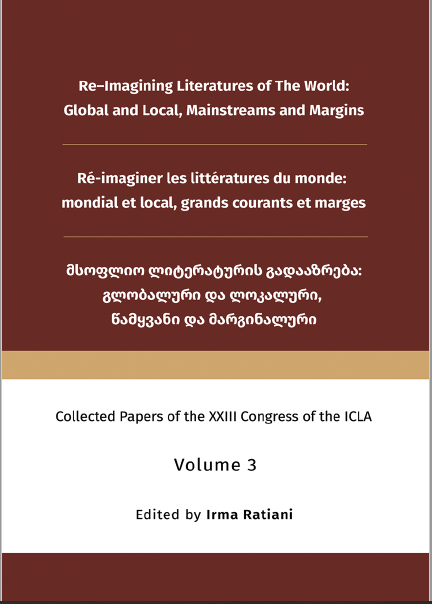The Fallacy of Images in Space Representation Photography in Selected Works by DeLillo and W.G. Sebald
Main Article Content
Abstract
The need to describe space proves to be increasingly urgent in contemporary times. From the various forms by which literature has incorporated this theme: travel reportage, eco-literary narratives, in which space and the importance of place are increasingly gaining prominence, some works experiment new formal strategies to attempt to reformulate not only the concept of space but the way we observe it. What role, for example, does a photograph play when annexed to the literary text? While it is expected to help reinforce the “reality effect” of the story, as Barthes would have called it, on the other hand it may also make more troubling the reading of the space it proposes. As Italian researcher Davide Papotti (2014) writes: “The technical possibility of duplicating landscapes, whether through the reproduction of concretely real portions of land or through the virtualization of the landscapes themselves, does not necessarily imply an increase of their comprehensibility”. In the case of German writer W.G. Sebald, the focus on places and the passage of time and history finds an interesting comparison in the author's choice to annex images in his books, as if to emphasize the impossibility of preserving the present, except in vanishing forms. But if images do not show what a place looks like today, they reveal what it looked like in the past: they thus allow us to think about space with multiple degrees of interpretation. Such is the case with the American writer Don DeLillo, who fully expresses some of the nodal issues of postmodernism. If historical reality and its legacy enter a crisis, those who want to write must look elsewhere for new solutions. In this paper, starting with the two authors mentioned and their relationship with photography, we aim to offer a reflection that problematizes, in literature, the ways in which we think about and represent space.
